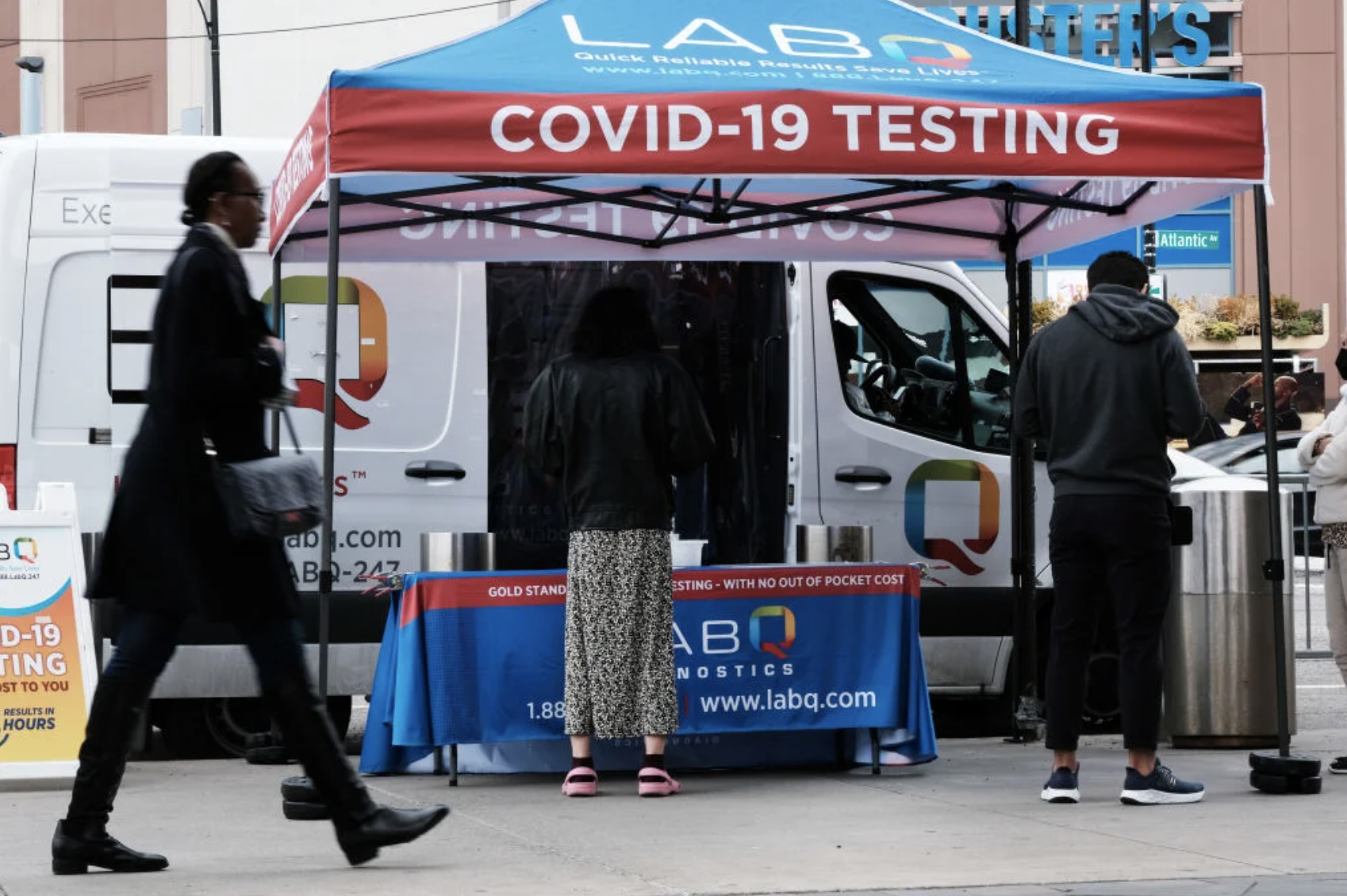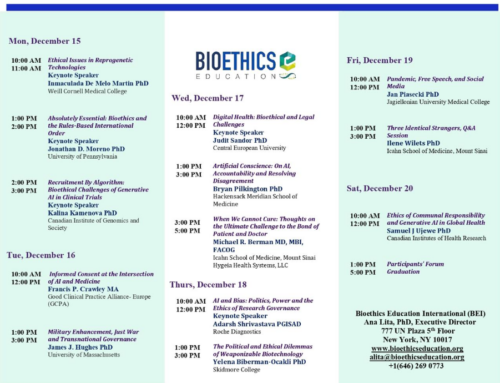Around the world, the latest Omicron subvariant, BA.5, is quickly becoming the dominant strain of the SARS-CoV-2 virus. It just took the top spot in the U.S.: As of the last week of June, BA.5 made up more than half of all new COVID-19 cases, according to new estimates from the U.S. Centers for Disease Control and Prevention (CDC). That’s up 10 percentage points compared to the prior week.
For several reasons—including a lack of protective mandates and mutations in the virus—BA.5 may now be tricky to get under control.
The power of BA.5 (and its sibling BA.4, which makes up about 16% of new U.S. cases, has the same spike protein mutation as BA.5, but doesn’t seem to spread as quickly) is its ability to infect, and reinfect, almost anyone. This highly contagious strain can evade people’s built-up immunity, whether from vaccination or previous infection. As Nature reports, lab studies show that even people who have so-called “hybrid immunity” from vaccination and a past infection with the Omicron BA.1 strain are less able to ward off reinfection from either the BA.4 or BA.5 strains. Experts believe this is due largely to changes in the virus’ spike proteins. Current COVID-19 vaccines and boosters target the original strain of the virus rather than any of the variants, so being vaccinated doesn’t offer as much protection as it once did against infection. (Luckily, the vaccines still confer broad protection against the worst outcomes of the disease.)
Read more here.






